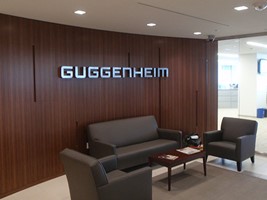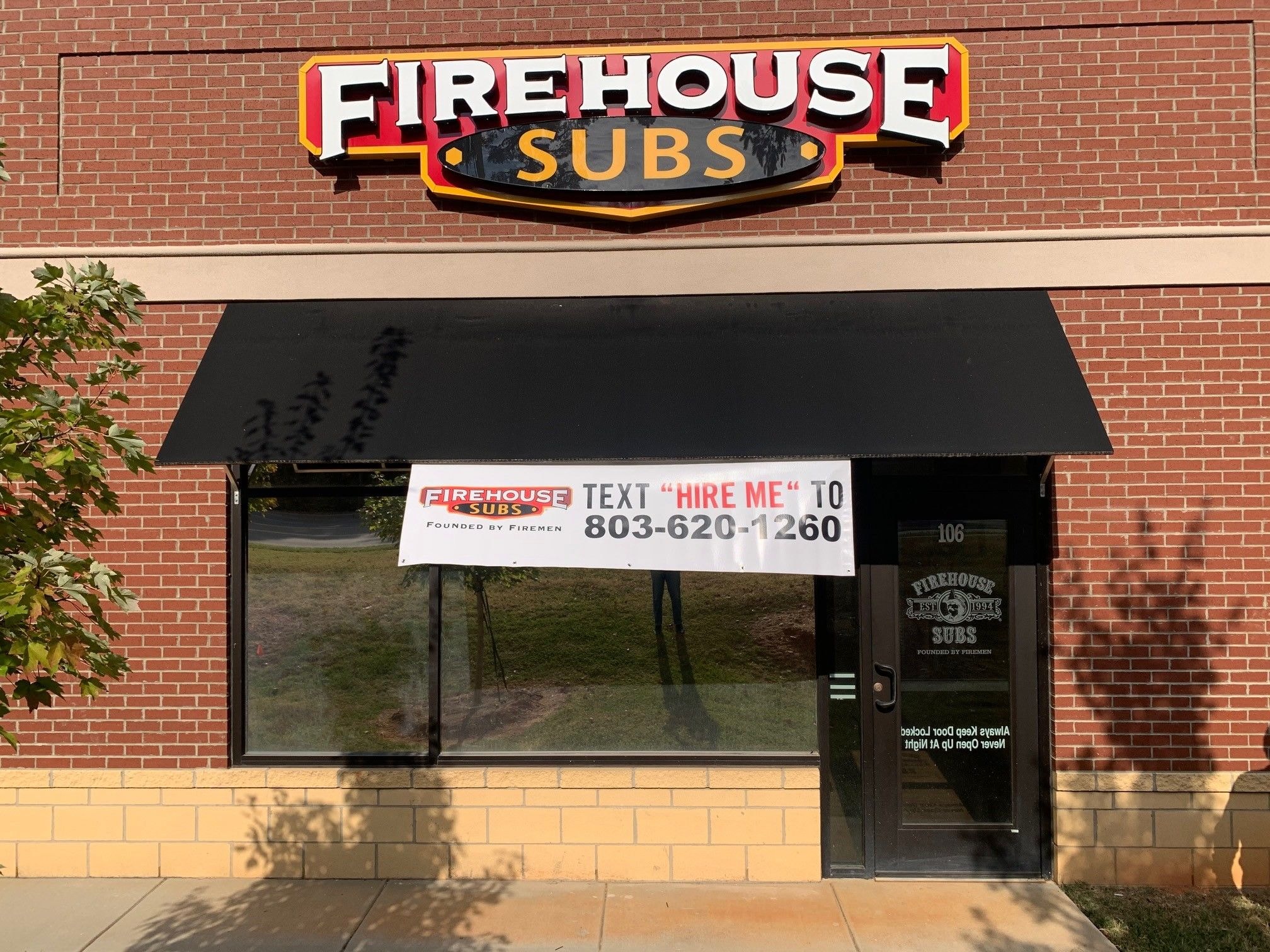
Indoor signs
9/12/2022

One part of running a business that is usually overlooked is business signage. In the service sector, signs point clients in the right direction, let them know about discounts or other special offers, and they can even assist a firm in creating a theme or distinctive vocabulary to establish the mood. Signage is one of the main nonverbal ways we communicate in business. Common signs like janitors' warning signs, exit signs, and building maps can even be displayed across language borders. The fact is that signage is important. Here are some essential ingredients for constructing signage and quick explanations of typical workplace signs before you go sign-crazy.
When designing signage, there are five fundamental components to take into account. Shape, color, graphics, text, and positioning are some of them. For example, colors can affect a person's mood; complicated images make signs challenging to understand. Small, closely spaced, or extended writing can be challenging to read, and positioning can significantly impact the utility of a sign as much as its size, content, or materials.
4. Text: The majority of signs will have some form of text, and some may even be entirely text-based. However, you should avoid using much text unless you're in a waiting area where people may stop and read. You wouldn't want a customer standing in the middle of a corridor reading an extensive directory, just as you wouldn't want a driver concentrating on a paragraph on a billboard. Congestion, accidents, and dissatisfaction may result.
Try to divide up signs and only include what is required. For example, a directory must say that the billing department is in room "x" on the first level. The customer can be guided further by strategically placed department or room number signs throughout the rest of the building. On the other hand, a map with numerous color-coded rooms or arrows can be confusing, and by the time the consumer arrives at their destination, they may have forgotten the way.
5. Placement: Last but not least, positioning is crucial when deciding what signage to put up at your business. The size of the signage you require, whether words or symbols make more sense, and how good the sign is can all be influenced by placement. As clients approach the drive, you can install a sign of a reasonable size directing them to additional parking in the back, for instance, if you have a smaller parking lot on the street side of your building and another lot with available space in the back. This can save several inconveniences, mishaps, and parking lot congestion.
Mounted or Street View Signs: Local governments frequently impose a number of restrictions on signs that face the street to identify a location, promote a business, or draw attention from passing vehicles. These restrictions can include how close the sign can be to the road, the wattage of any lighting on the sign, and even the sign's height, colors, and dimensions. After considering these limitations, it's crucial to make sure that, if at all possible, your company's logo and colors are used.
Please keep it simple, although you might think about adding your phone number, business hours, or website on the sign. Messages under eight words will be most effective on billboards and conventional highway signs because of the fast travel rates and the short time available for message comprehension. High-density areas could contain a lot of signs, so be careful to look around and use your surroundings to decide what kind of signage will stick out the most.
Building Signs: The right building signs can help clients find you and a place to park, especially if you are in a business center or plaza. It should be substantial enough to attract customers and be consistent with your logo. Window signs or decals indicate your location if the building prohibits large signage. If you are the building's owner, you could also wish to install more signage directing people to the entrances that go to the offices, classrooms, performance spaces, etc.
Interior Signs: This term most frequently refers to generic signs on the inside of a building that direct visitors to specific areas, such as room numbers, name boards, department signage, or just general signs. Strategic placement and uniformity with inside signs are essential to provide direction and create a short learning curve for new consumers navigating your building for the first time.
It can be challenging to find your way when objects are placed in erratically changing shapes, colors, or locations. Smaller companies might not need to spend as much on this signage. However, it is still necessary to identify critical places like toilets, employee-only areas, and emergency exits or shelters.
Rigid Signs, Banners, and More: These kinds of signage are frequently employed for sporting events, promotions, special occasions, and other less long-term sign installations. These signs are frequently movable and easily replaceable, which eliminates the concern that you won't know the right location before ordering the sign. The likelihood of replacing one or two of them before they become outdated is higher because they are only intended to be temporary. Additionally, it is less probable that these will be utilized outside for an extended time before being worn.
In our daily lives and every business, signage is essential. It can aid a company in upholding its brand, assist clients in navigating the facility, offer helpful hints and information, and more! So please pay close attention to the signs posted the next time you enter a new structure and how you use them as you conduct your business. You might be shocked by how frequently you rely on signs in everyday life.
You often have a better overall experience when a building is well-planned and signage is placed appropriately, especially if you are a first-time customer. However, if a place or structure is not well-marked, you will undoubtedly notice it and perhaps even recall how it made you feel the next time you go there—which means that other visitors will experience the same thing.
Here at SIGNS BY TOMORROW, we offer our clients only the best in signage, from design to installation. If you want to explore the many options available for your business or organization, don't hesitate to get in touch with us today! We look forward to hearing from you.